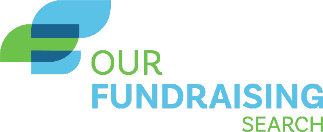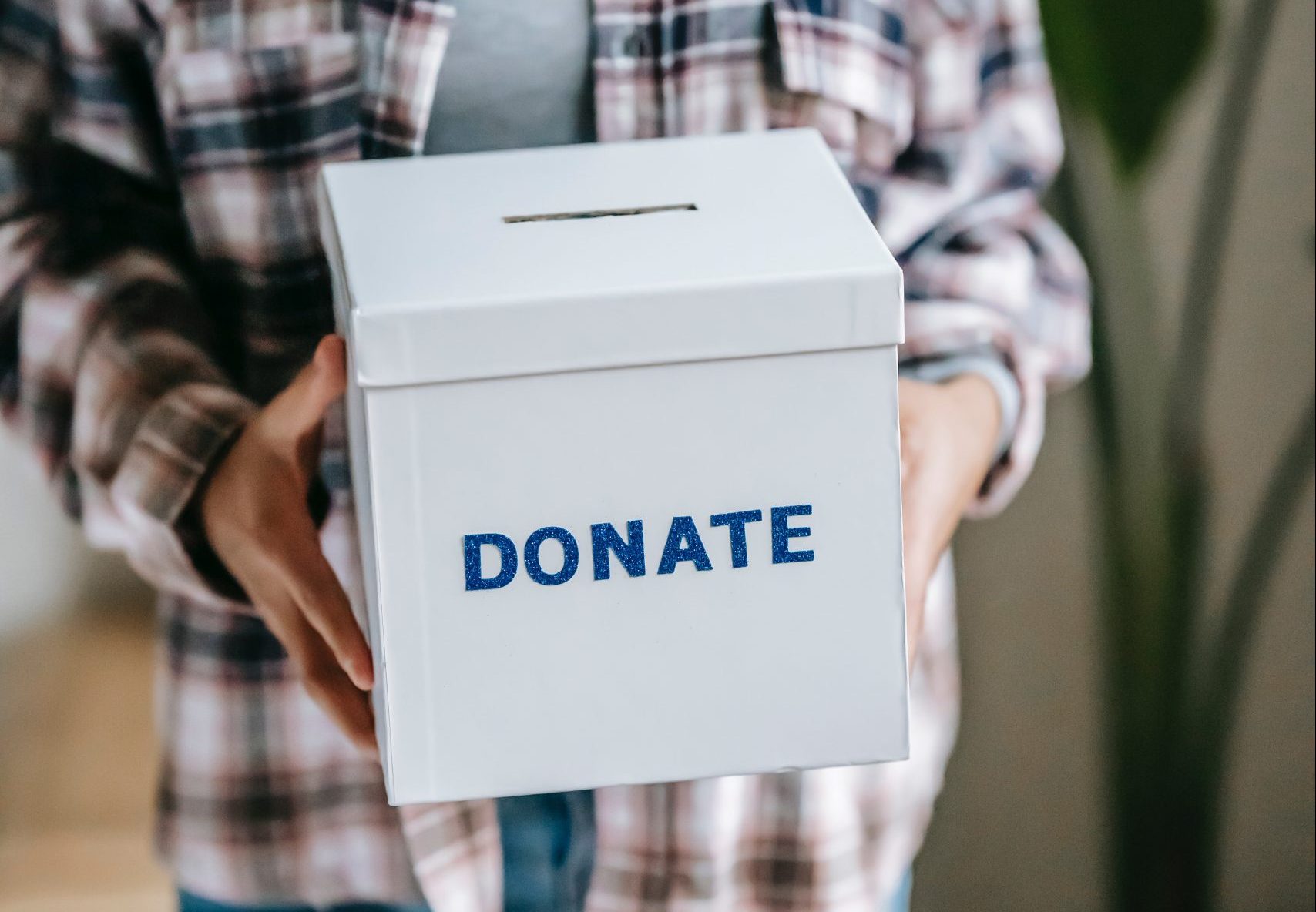The National Day of Giving – which I like to call NDoG – takes place every year on the Tuesday after Thanksgiving, which is November 29th this year. Created in 2012, it is sometimes also called the Day of Global Giving or Giving Tuesday. It is intended to be the foundation of a global generosity movement, and since its founding has raised almost $2 billion for nonprofits in the United States.
At the risk of being branded a heretic, I’d also like to “out” the elephant in the room. NDoG is not deeply loved by many fundraisers. The reason for that is most nonprofits use it incorrectly, and wind up cannibalizing donations from their year-end campaign as a result.
Not everyone is familiar with the term donor cannibalization. In marketing parlance, cannibalization occurs when a new product steals market share from a company’s older product instead of from the competition. In fundraising, we use the term when donors redirect dollars from one fundraising campaign to another within the same organization. Most of us are familiar with this in a specific context: a capital campaign can cannibalize the annual fund.
Herein lies the rub. In many nonprofits, Giving Tuesday has a tendency to cannibalize the year-end campaign because nonprofits don’t plan for it accordingly.
Giving Tuesday should be a donor acquisition tool. But, because most nonprofits don’t plan for it adequately, it instead becomes a premature, end-of-year solicitation for existing donors. It also comes at the worst possible time for those donors, as they are ramping up their holiday spending.
I’d like to lay out a scenario that I have watched play out at a number of nonprofits, including the ones I have led. NDoG is not contemplated in the organization’s annual fundraising plans. Sometime, let’s say at the October board meeting, a member of the board asks the Executive Director, “What are you doing for National Day of Giving?” No ED likes to be caught flatfooted, so we learn to be fast on our feet in order to survive. “Oh, we have some things planned,” the ED says, “I’ll have the director of development reach out and tell you about it.” The board meeting ends and the ED swings into the DoD’s office. “Hey, what are we doing about Giving Tuesday?” The DoD represses the urge to roll their eyes. “We don’t have anything planned. Probably just an announcement on social media.” The ED replies, “We have to do more than that. The board is asking questions and needs to see us do something.” So, the ED and DoD hastily craft a plan for NDoG that will be visible mostly, if not exclusively, to existing donors and, especially, the Board.
Fast forward to Giving Tuesday. Mavis MajorDonor and Brookes Board-Member receive email solicitations from this nonprofit, along with every single other nonprofit they support. Sensitive to the optics of the situation, each of them make nominal gifts to every charity right at the time they are also spending a lot of money on the holidays. The end-of-year campaign suffers as a result because, even though the messaging of the campaign is clear and compelling, a year-end gift has already, technically, been made.
(We now pause so the fundraisers can dry their eyes, while the Executive Directors in the audience shift uncomfortably in their seats.)
There is a way out of this madness. First of all, we need to be clear with ourselves and with our boards: Giving Tuesday is about new donor acquisition, so we are going to use it that way, accordingly.
Because it was founded in 2012, NDoG has always been about social media and crowd sourcing. No one sends holiday cards on this day. In your annual fundraising plan, Giving Tuesday should be a social media-based fundraising event targeted at prospects. Once you are clear on the communications medium and audience, you can then be clear on the ask.
This not a time to solicit for general operating funds, nor is it a time to attempt building enthusiasm around a capital campaign. And, for the love of God, don’t think about this as the time to talk about legacy gifts to the endowment. Those are the wrong messages for the audience and media. Instead, make a very specific ask. This is an ideal venue for crowd sourcing.
When I worked for the Atlanta Symphony Orchestra, we needed to digitize our archive. (By “archive” I mean seventy years of programs, photographs, scores and a couple of Grammys that were sitting in a storage room.) Our Chief Development Officer at the time had the idea of using this as a crowd sourcing opportunity. Our archivist was a passionate volunteer. While he was a bit soft spoken, he became witty, fun and articulate when he was talking about the collection. We made a short video explaining the need and the goal, and then let him talk about everything that was in the collection. His love for the Orchestra came through, and he was even able to make the ask. “Please help me preserve these artifacts for a future generation of music lovers.”
We raised the money we needed in one day. And, because we targeted new audience members in our digital outreach, we added several dozen new donors to our broad-based giving campaign.
A good NDoG campaign has the following characteristics.
- It’s targeted at prospects.
- It tries to raise a specific amount for something tangible.
- It has a natural spokesperson, ideally a volunteer or beneficiary of the gift.
- You can craft a compelling message around it.
That last item is harder than you may think. I do not think a Giving Tuesday campaign to raise $18 Million to stage Wagner’s Ring Cycle easily lends itself to crowd sourcing, no matter how compelling the work might be. However, paying for an accessible entrance, a surgery for a patient, or a new swing set for the playground is an easier sell.
After the campaign is done, thank your new donors with a personalized message. More importantly, report to your board about how it worked as an acquisition campaign. After all, new donors are a good thing.
All of us here at Our Fundraising Search wish you a very happy Thanksgiving, and a very successful Giving Tuesday.






Leave A Comment